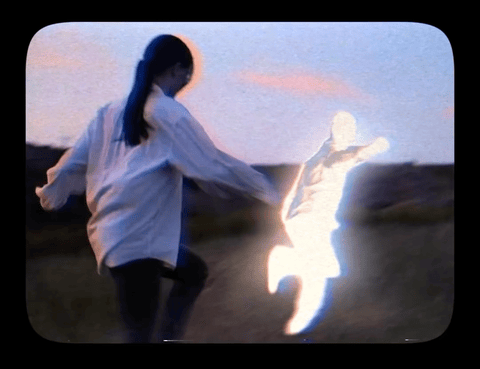A good metaphor says something true when the truth feels too complex. Too hard to hold directly. At its core, it allows us to make a complex idea tangible through imagery.
When you say you’re underwater, you’re not just describing stress. You’re giving it weight, pressure. When you say someone has a heart of stone, you’re not just calling them cold. You’re revealing how their presence feels and giving their coldness a visual cue. When you say the silence hung like smoke, you’re going beyond it was quiet. You’re showing how it stuck and how uncomfortable it was. You’re translating a plain statement into a visual image with extended meaning.
Using metaphors as decorative afterthoughts is a missed opportunity when they can become a fundamental part of your story. Metaphors are a tool that can compress entire emotional states into images throughout your story. Using metaphors in a structured way can also give your piece cohesion, rhythm, and voice.
Metaphor is studied extensively in nearly every serious creative writing program. In poetry, students are taught how to compress emotional or conceptual weight into a single image. In fiction and nonfiction courses, metaphor appears in units on style, narrative voice, and character psychology. Some programs include dedicated modules on figurative language, often taught through close reading exercises and writing drills where students recast literal descriptions into metaphorical ones.
In this WRITING TOOL, you’ll learn about the core types of metaphor. Learn how each one works, when to use it, what it does to your voice, and what pitfalls to avoid. You’ll see examples, the psychology behind each technique, and get original exercises to apply them in your own work. The goal is to use it more consciously from the get-go, as a structural tool in your writing, for fiction, nonfiction, and everything in between.
Not all metaphors do the same thing. Some span an entire piece, others light up a single sentence. Some are so familiar we no longer notice them. Others are so mismatched that they draw unexpected reactions out of us. Some offer insight without explanation.
CONTROLLING METAPHOR
In literary terms, when a metaphor is extended across an entire work, it’s called a controlling metaphor. This means one comparison becomes the backbone of the narrative.
Narrative function
The controlling metaphor acts as the story’s central lens. It guides how the plot and characters are perceived by linking everything to a core image or concept.





